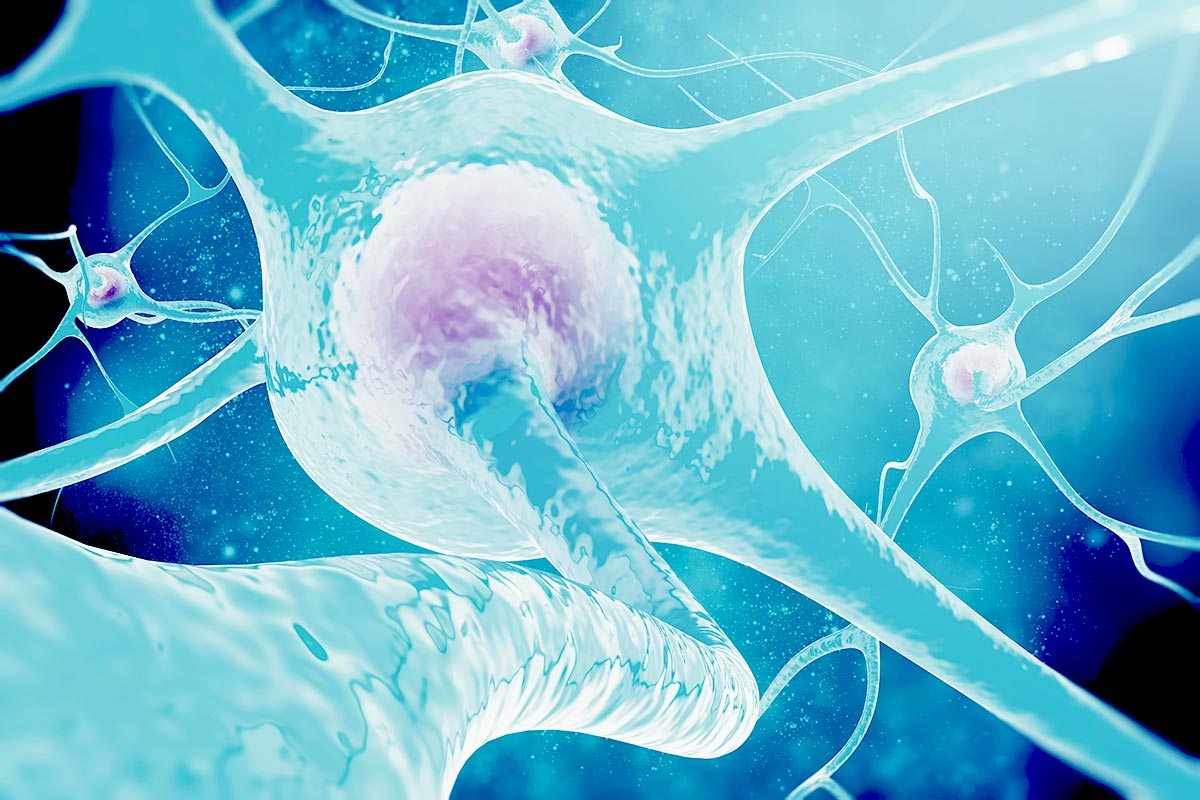 For many people, depression, anxiety, and other mental health disorders are chronic, meaning that they are permanent or near permanent. For most of us, this means that mental health disorders will come and go throughout our lives, and episodes and peaks can be triggered by lapses in self-care, traumatic events, and stress. For others, mental health problems are a one-off problem that can be treated and overcome and essentially vanish much like a broken bone, leaving some scars, but otherwise gone forever.
For many people, depression, anxiety, and other mental health disorders are chronic, meaning that they are permanent or near permanent. For most of us, this means that mental health disorders will come and go throughout our lives, and episodes and peaks can be triggered by lapses in self-care, traumatic events, and stress. For others, mental health problems are a one-off problem that can be treated and overcome and essentially vanish much like a broken bone, leaving some scars, but otherwise gone forever.
At the same time, many people believe that once you’re an adult, your brain stops growing. In fact, many people believe that the brain only has a certain number of cells, that you can only learn things to a certain age (you can’t each an old dog new tricks), etc. None of that is true. Instead, the brain loses some plasticity or ability to change as you grow older but is capable of changing and adapting to every circumstance as you age. This means that chances are very high that your brain can heal from whatever mental health problems you have – although it is true that some issues will remain chronic.
What is Neuroplasticity?
Neuroplasticity represents the brain’s ability to change. This often means capacity for learning, for memory, for changing behavior, and for mental flexibility. Often, what looks like simple behavioral change on the outside is a complex process of the brain changing its physical shape to achieve new things. The human brain adapts to its environment, which is why taxi drivers who memorize city streets see actual changes in the brain, as do jugglers, and medical students. The brain adapts to its environment, especially to structural information, which forces the brain to reorganize and adapt to new input as well as to providing new output.
People who don’t frequently do new things or who routinely do exactly the same thing with no changes will have difficulty changing. This doesn’t mean their brain is no longer plastic, it means they need more time to adapt. At its basis, one of the things that makes the human brain so very “human” is its ability to adapt and to change and to retain that neuroplasticity over time. Factors like life experiences, stress, genes, behavior (including thought patterns) and environment will all limit or enable that change but that change is always available.
Does Mental Illness Change the Brain?
Mental illnesses, including behavioral disorders, depression, anxiety, bipolar disorder, and most other mental health problems directly change the brain. Often, this is a two-part change of changes in hormones and neurotransmitters and changes in behavior building different habits or pathways in the brain.
This might look like:
 Depression reduces the production of serotonin. Reduced serotonin means that the brain is less able to regulate mood and emotion. So, the brain feels more depressed, worsening the issue. Eventually, the brain might adapt to seek out serotonin-producing experiences (e.g., food, TV, drugs or alcohol, etc.).
Depression reduces the production of serotonin. Reduced serotonin means that the brain is less able to regulate mood and emotion. So, the brain feels more depressed, worsening the issue. Eventually, the brain might adapt to seek out serotonin-producing experiences (e.g., food, TV, drugs or alcohol, etc.).- Behavior builds new neural pathways that reinforce the habit. So, if you stop challenging yourself, stop taking care of yourself, and stop doing things that require those neural pathways, your brain will dismantle those neural pathways because they require energy. So the less you use behavior patterns for self-care and for maintaining health and mental health, the less you’ll have the ability to.
- Mental health disorders often come with negative spiraling, negative thought patterns, and getting stuck in cycles of worry. Those are also often self-reinforcing, as the brain will adapt and you’ll build new neural pathways to make that behavior easier.
That all sounds counterproductive of your brain doesn’t it? The truth is, the brain adapts to the environment it’s given. That means that the more you indulge feeling bad and the more you give yourself leeway to not engage with behaviors that improve mental health, the harder it will be to pick that back up. At the same time, neuroplasticity works in reverse:
Does Neuroplasticity Mean the Brain Can Heal Itself?
 The common perception of the brain is that it doesn’t heal. At the same time, medical science has know that isn’t true for decades. When faced with physical trauma to the brain, patients show a remarkable ability to regenerate tissue and recover. People who have impairment to the hippocampus following significant substance abuse typically recover, so you can’t tell their brain from a healthy brain after about 3 years. Healing takes time, but it does happen.
The common perception of the brain is that it doesn’t heal. At the same time, medical science has know that isn’t true for decades. When faced with physical trauma to the brain, patients show a remarkable ability to regenerate tissue and recover. People who have impairment to the hippocampus following significant substance abuse typically recover, so you can’t tell their brain from a healthy brain after about 3 years. Healing takes time, but it does happen.
It’s also important to note that not all mental health disorders require or will result in healing. In some cases, depression, anxiety, or schizophrenia are just how your brain works. You can take medication to supply some of what your brain isn’t, just like you’d wear glasses if your eyes weren’t meeting your needs for driving or reading, but you won’t expect your brain to heal, beyond recovering from any trauma that being untreated has resulted in.
Using Mental Health Treatment to Provide the Grounds for Change
The goal of psychotherapy such as Cognitive Behavioral Therapy is to help you create new patterns and new behaviors. This means addressing the existing behaviors and recognizing them, figuring out what’s behind them, and then trying to redirect them into new skills and patterns. Behavioral therapy often starts with stopping downward spirals, redirecting negative thoughts, and building basic skills to prevent negativity. At the same time, you’ll create the start of patterns o build positivity, to find positivity, and to build functional patterns. Just like with negative patterns, these patterns will also change your brain and you’ll have the neural pathways to support them – often in as little as 3-6 months after starting therapy.
- The more you practice a skill, such as stopping a downward spiral, the easier it will get, as your brain adapts and builds neural pathways to enable it
- The more you engage in activities that produce serotonin, the more your brain will make that easier, by building neural pathways to enable it. You can get stuck in a neural rut of thinking negative thoughts, but you can get out of it and create a neural rut about finding good in things.
- Building new skills to foster neuroplasticity allows you to better adapt to change over time, so you pick up new things more quickly and adapt more quickly. That means the more you push forward, the easier adding on new things will get.
Neuroplasticity means your brain adapts to the environment it’s in, trying to maximize energy usage and output to what it’s doing and the environment it is in. This means you can always change your brain by changing your patterns, changing your behavior, and changing your environment. That change will often take time and recovering from trauma and physical damage can take years. But, you have the capacity to recover, to build new neural pathways, and to heal. That might not mean leaving your mental health disorder behind, but it will mean leaving the trauma caused by that mental health disorder behind and building healthy patterns that support quality of life and happiness around your mental health disorder.
Getting Help
If you or a loved one is struggling with mental health, it’s important to recognize that there is help. Reaching out to talk to your doctor, working your way towards behavioral therapy, and getting mental health interventions can set you on the path to permanent change and permanent improvement in your quality of life. Eventually, that will mean you have the patterns and the skills to better navigate mental health so you can be happier.





















